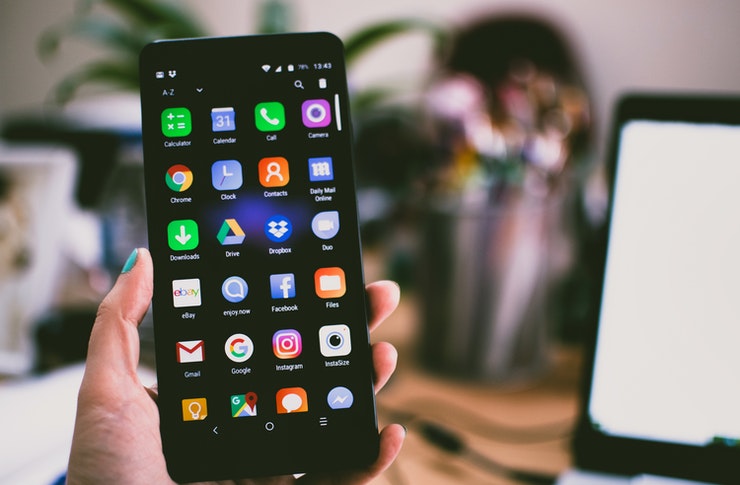How to Choose the Right Mobile Phone for Your Needs
Selecting a mobile phone has become increasingly complex as manufacturers continue to introduce new technologies and features. With hundreds of models available across different price ranges, understanding the key specifications and features can help you make an informed decision. Whether you're upgrading from an older device or purchasing your first smartphone, evaluating the right combination of features, performance, and value is essential for finding a phone that meets your specific requirements.

What Key Features Should You Consider When Choosing a Mobile Phone?
When evaluating mobile phones, several fundamental features determine the overall user experience. The processor speed affects how smoothly apps run and how quickly tasks are completed. Operating system choice between Android and iOS influences available apps, user interface, and ecosystem integration. Screen size impacts portability and usability, while build quality affects durability. Water resistance ratings, biometric security options like fingerprint scanners or face recognition, and connectivity features such as 5G support also play important roles in the decision-making process.
How Do Camera and Display Options Impact Your Mobile Phone Experience?
Modern mobile phones offer diverse camera and display technologies that significantly affect daily usage. Camera systems now feature multiple lenses, including wide-angle, telephoto, and macro options, with megapixel counts ranging from 12MP to over 100MP in premium models. Night mode capabilities, optical image stabilization, and video recording quality at 4K resolution have become standard considerations. Display technology varies between LCD and OLED panels, with refresh rates from 60Hz to 120Hz affecting smoothness. Screen resolution, brightness levels measured in nits, and color accuracy all contribute to viewing quality for videos, photos, and general usage.
What Should You Know About Battery Performance and Charging Technology?
Battery capacity and charging technology directly impact daily usability and convenience. Battery capacities typically range from 3,000mAh to 5,000mAh, with larger batteries generally providing longer usage time. However, processor efficiency and display technology also affect battery life. Fast charging capabilities vary significantly, with some phones supporting 25W charging while others offer 100W or higher. Wireless charging compatibility, reverse wireless charging for accessories, and battery optimization features help maximize device longevity. Understanding these specifications helps predict real-world performance and charging convenience.
How Do Storage Capacity and Memory Options Affect Performance?
Storage and memory specifications determine how much content you can store and how efficiently your phone operates. Internal storage options typically start at 64GB and extend to 1TB in premium models. RAM capacity affects multitasking performance, with entry-level phones offering 4GB while flagship models provide 12GB or more. Some phones include expandable storage via microSD cards, while others rely solely on internal storage. Cloud storage integration and automatic backup features also influence storage decisions. Consider your usage patterns for photos, videos, apps, and downloaded content when evaluating storage needs.
What Tips Help When Evaluating Mobile Phone Specifications?
Effective specification evaluation requires understanding how different features align with your usage patterns. Compare benchmark scores for processing power, but consider real-world performance reviews. Examine camera samples in various lighting conditions rather than relying solely on megapixel counts. Test display quality in person when possible, paying attention to outdoor visibility and color reproduction. Research software update policies, as longer support periods extend device lifespan. Read user reviews focusing on long-term reliability and common issues. Consider ecosystem compatibility with existing devices and services you already use.
| Phone Model | Manufacturer | Price Range | Key Features |
|---|---|---|---|
| iPhone 15 | Apple | $800-$1,200 | A17 processor, 48MP camera, iOS ecosystem |
| Galaxy S24 | Samsung | $700-$1,100 | Snapdragon 8 Gen 3, 50MP camera, S Pen support |
| Pixel 8 | $600-$900 | Tensor G3 chip, computational photography, pure Android | |
| OnePlus 12 | OnePlus | $500-$800 | Fast charging, OxygenOS, flagship specs |
Prices, rates, or cost estimates mentioned in this article are based on the latest available information but may change over time. Independent research is advised before making financial decisions.
Finding the Right Balance for Your Mobile Phone Purchase
Choosing the right mobile phone requires balancing features, performance, and budget considerations. Prioritize the specifications that matter most for your daily usage patterns, whether that’s camera quality for photography enthusiasts, battery life for heavy users, or processing power for gaming. Consider the total cost of ownership, including accessories, insurance, and potential repair costs. Research manufacturer reputation for software updates and customer support. Take time to handle devices in person when possible, as ergonomics and build quality significantly impact long-term satisfaction with your mobile phone choice.




